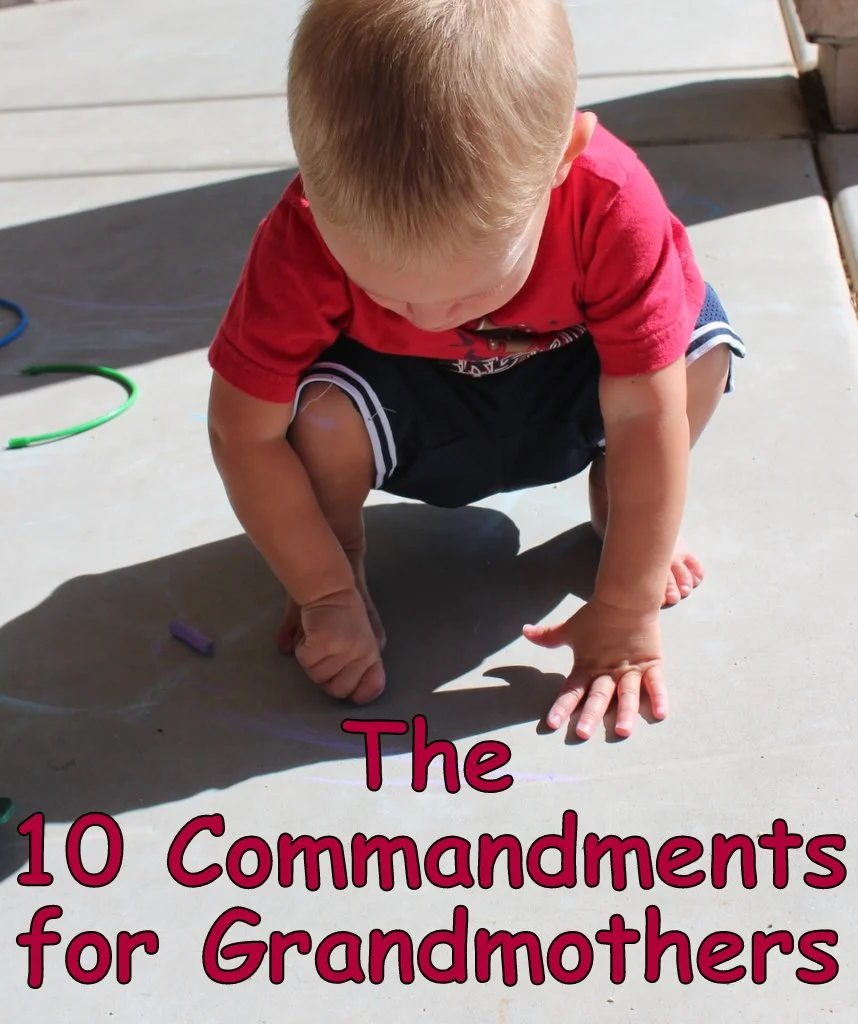Wish lists: To give or to receive?
/ I just finished my holiday wish list. It's a long one, with all kinds of goodies I'd be happy to see under my tree or in my stocking come Christmas morning. I've added, edited, re-added, then checked it twice and hit "send," forwarding it on to my husband and my daughters.
I just finished my holiday wish list. It's a long one, with all kinds of goodies I'd be happy to see under my tree or in my stocking come Christmas morning. I've added, edited, re-added, then checked it twice and hit "send," forwarding it on to my husband and my daughters.
Makes me sound like a greedy ol' grandma, doesn't it? Like my long wish list serves as a not-so-subtle way of goading my family into spending oodles of cash on me.
It's quite the opposite, though. My lengthy list was provided and passed along out of love—a provision my daughters and husband understood and, thankfully, reciprocated, sending their very own lists of wants and wishes to me.
Our tradition of exchanging lengthy wish lists started years, possibly even decades ago. When my daughters were youngsters, they naturally made up lists of all they desired from Santa. Creating the list was oh-so important. To them. Then, as visions of Jolly Ol' St. Nick stopping by were replaced with the reality that Mom was the primary purchaser of gifts exchanged come Christmas, wish lists became more important than ever. To me.
My family is of modest means. It's safe to say that in some years, we were pretty far below the line marking those means even modest. Which meant every penny spent was precious, and I sure didn't want to waste a single one on gifts my loved ones didn't genuinely desire. As mother to three daughters, true wants and wishes were often hard to figure out, especially when the girls were pre-teens and teens. Hence the wish lists. I didn't want to guess and have either of us—or my bank account—come up short.
So I started the annual rite of sometime before Black Friday asking my daughters—and husband—to create wish lists, to write down more than they could ever hope to receive for Christmas. With a wish list in hand as I did my holiday shopping, I'd be sure to grant at least a wish or two, regardless of my means. Requesting especially long lists served a purpose, too: it ensured the gifts I gave would be a surprise, to some degree, as the recipients wouldn't know for certain exactly which items I'd purchased from their lists until the gifts were opened.
My girls aren't greedy, so it's never been in their nature to make huge requests, lengthy requests of what they're hoping to receive. But they did (and do) as I wished, knowing providing the lists was, in fact, a gift to me, helpful in my desire to please them with my purchases.
Which is exactly the reason I do the same for them. I provide long wish lists in hopes my daughters won't waste their hard-earned money trying to please their mama with the perfect gift. I list for them everything that would be perfect, not only for me, but for their pocketbooks. I give them inexpensive ideas and they're welcome to choose whatever works for them. And whatever works for them will surely be wonderful to me. My list guarantees that.
That doesn't mean we shun and discourage gifts not featured on a list. Receiving something not on a list can be a pleasure of indescribable sorts, a sign a loved one has taken note of another's likes and desires and needs without having to be told. I welcome that. We all welcome that. But we all also are happy to provide the safety net of a wish list, just in case.
Gift-giving can be awkward, for both the giver and the receiver. It can be even more awkward—for both sides—when the one giving isn't confident about what she's given. Which is why I consider providing a wish list a gift in itself, one I'm ever so happy to give. Even more so, they're a gift I'm forever grateful to receive.
Photo: fotolia
Today's question:
What is the wish-list protocol in your family?





























